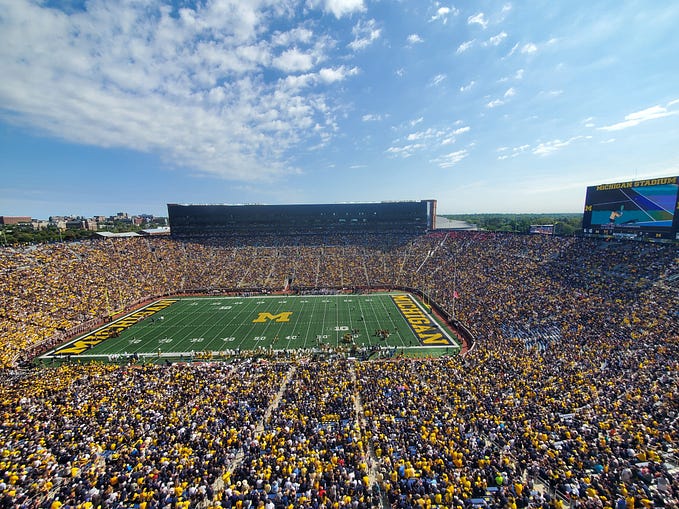Member-only story
Reports Of Michigan’s COVID-19 Spike Have Been Greatly Exaggerated
It’s great clickbait for local news outlets, but there’s not nearly as much bad news as Michiganders might think

If you live in Michigan, you’ve seen the terrifying headlines — the state is apparently falling back into the grasp of COVID-19.
Coronavirus cases rise for 6th straight day in Michigan, prompting fears of a resurgence — Metro Times, 6/26/20
Technically, that headline is accurate — the number of cases announced by the state has gone up on each of the last six days. There have also been more positive tests in the past week.
In the seven days ending on June 25, Michigan averaged 365 positive tests a day — the highest average since June 8. On the 25th alone, there were 544 positives, the most on one day since there were 595 on June 3.
The upswing at the end represents about 60 additional cases a day — a small amount…







